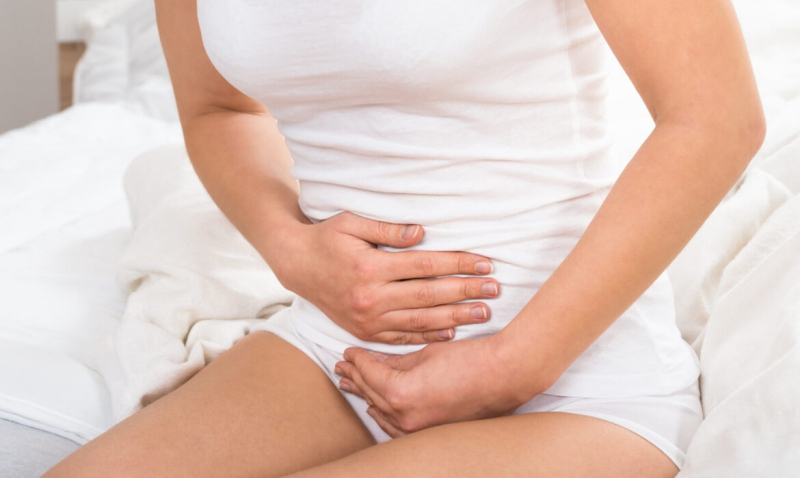
What is the candida nutritional system and why do we all need it
1
Most extreme diets aimed at rapid weight loss are thankfully on the way out, giving way to long-term nutrition systems that become more of a lifestyle than a temporary measure. One of these nutritional systems is the candida diet. Candida is a bacterium that is naturally present in the body of every person, but its excess can lead to various inflammations and infectious diseases. A candida diet helps control the number of candida bacteria in the body, thereby protecting it.
For a candida diet to work it has to become a part of your lifestyle, as a temporary measure this type of diet is not suitable. The diet involves a complete rejection of gluten, alcohol, some dairy products and a sharp reduction in the use of sugar (both added and natural – in the composition of fruits). According to nutritionists, all these products have a strong negative effect on the microflora of the body, causing inflammation and various diseases. Symptoms include chronic fatigue, nausea, eczema, skin irritation, joint pain, anxiety and depression. Such a wide range of manifestations is explained by the fact that about 150 species of candida live in our body, which can cause inflammation.
Which products should be used to build a diet?
Diet as part of a candida diet is based on the following products:
- fruits with a low sugar content: lemons, limes, kiwi, sour apples, berries;
- non-starchy vegetables: asparagus, Brussels sprouts, broccoli, cabbage, celery, cucumber, eggplant, onion, spinach, zucchini, tomatoes (it is best to eat them raw, cooked in a pan or steamed);
- gluten-free cereals: millet, quinoa, oat bran and buckwheat;
- high-quality protein: chicken, eggs, salmon, turkey and sardines;
- healthy fats: avocado, olives, flax oil, extra virgin olive oil, sesame oil;
- some dairy products: butter, ghee, kefir or yogurt without additives;
- nuts and seeds: almonds, sunflower seeds, pumpkin seeds, flax seeds;
- herbs and spices: black pepper, salt, cinnamon, dill, garlic, ginger, oregano, rosemary, paprika, turmeric, thyme;
- drinks without caffeine: herbal tea, chicory, water, homemade almond milk, coconut milk (without additives).
What products should be excluded?

- Fruits with a high sugar content: bananas, dates, raisins, grapes, mangoes.
- Cereals containing gluten: wheat, rye, barley, spelt.
- Refined oils and fats: rapeseed oil, soybean oil, sunflower oil, margarine.
- Sauces: ketchup, soy sauce, white vinegar, barbecue sauce, horseradish, mayonnaise.
- Some dairy products: cheese, milk, cream.
- Sugar and artificial sweeteners: aspartame, agave, cane sugar, corn syrup, honey, maple syrup, molasses.
- Nuts and seeds: peanuts, cashews, pecans, pistachios.
- Caffeine, alcohol and sugary drinks.
- Fizzy drinks, fruit juices, beer, wine or spirits.
Before proceeding to the diet itself, it is necessary to cleanse the body. The detox program before the candidiasis diet is extremely simple: vegetable juices, lean broth and steamed vegetables. Cleansing should not last more than 3-4 days, as this can lead to weakness and headaches.
After the detox period, you should gradually exclude “forbidden” foods from the diet. Experts do not recommend cleaning the entire list at once – it will be stressful for the body, especially if these products previously formed the basis of the diet. In general, a comfortable transition to a candida diet can last 1-2 months.
In addition to weight loss, which is practically guaranteed with such a set of products (as long as you do not exceed your daily calorie allowance), the candida nutrition system can bring many benefits to body health. Vitamins, minerals and trace elements contained in the main products contribute to the prevention of cardiovascular diseases, intestinal infections and inflammation.
Despite all the described advantages, the candida diet involves a lot of restrictions that may not suit everyone. Before deciding on drastic changes in your diet, it is better to consult a doctor.


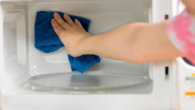
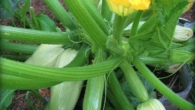
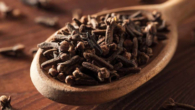



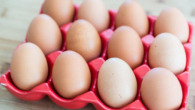
Leave a Reply